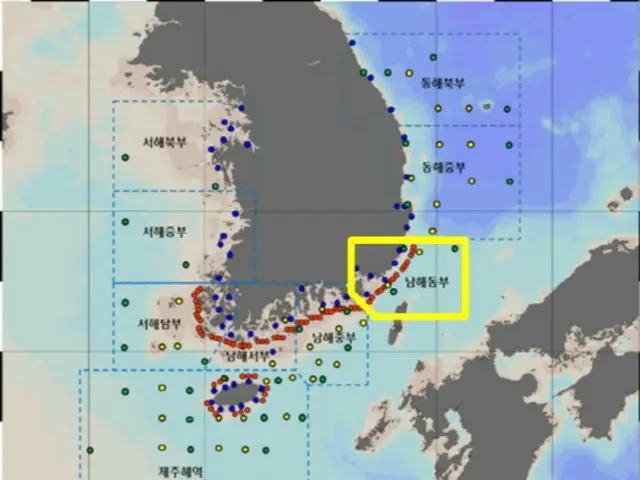Prior to this, on the 25th, the Ministry of Maritime Affairs and Fisheries conducted a marine radioactivity survey at a total of 15 locations in South Korean waters. Of these, cesium and tritium are both
According to the Ministry of Maritime Affairs and Fisheries, it was confirmed that the level was much lower than the World Health Organization (WHO) standards for drinking water.
In addition, the Ministry of Maritime Affairs and Fisheries will immediately report the inspections conducted at the remaining 10 locations as soon as the analysis results become available.
will be published on In addition, we plan to quickly analyze water samples taken in the South Central and Southwest waters on the 26th and 27th.
This survey expanded the radioactivity survey points in the South Korean waters at the end of July.
It was implemented in response to this. The South Korean government has added 108 rapid analysis points to the existing 92 precise analysis points, and is currently conducting surveys at 200 points in South Korean waters. The analysis result is cesium
The plan is to analyze and release mu-134, cesium-137, and tritium within four days. Minister Cho Seung-hwan of the Ministry of Maritime Affairs and Fisheries said, "This is the first time since contaminated water from the Fukushima Daiichi Nuclear Power Plant was released into the ocean.
As a result of the marine radioactivity survey, it was confirmed that it was at a safe level," he said, adding, "The South Korean government will continue to monitor whether Japan's nuclear power plant contaminated water is being treated properly, and to ensure the safety of South Korea's seas. to protect
', he said.
2023/08/28 07:03 KST
Copyrights(C) Edaily wowkorea.jp 107

